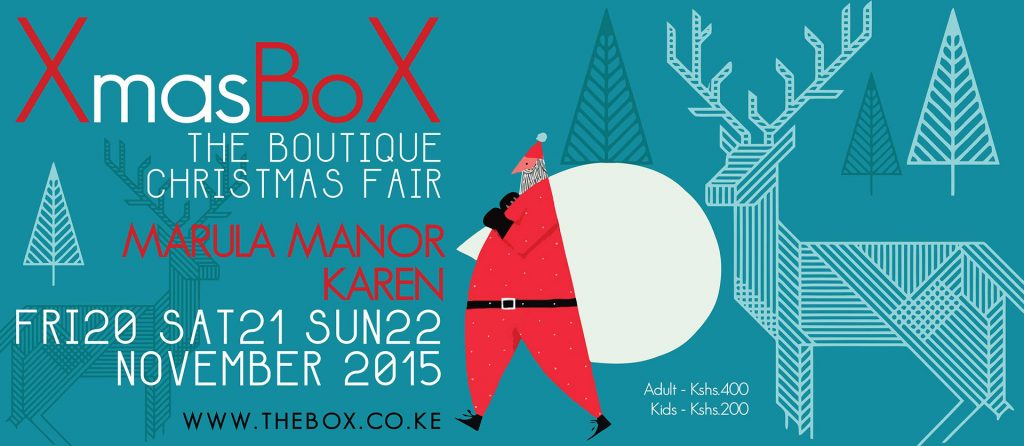5 Reasons Craft Fairs Are Here To Stay

Sitting with a group of artisans and designers last week, we got into a discussion about craft fairs in Kenya. Some were of the opinion that these events were slowly but surely becoming obsolete.
And perhaps there is good reason to suggest as much. In the last couple of years, we have witnessed two of the biggest craft fairs – Soko Soko and Ngong Christmas craft fair – shut their doors. And while we may not speak authoritatively about the closures, we can say for sure that the winding down of these two fairs sent panic waves across the sector.
Add to this the fact that there aren’t really any new entrants into the market. And if they are, they are facing severe challenges that will sooner rather than later force them to wind up.
So are all these indications of tough times ahead?
We don’t think so. Infact, we dare say that while craft fairs and the sector in general are going through a slump, the best days are yet to come.
If you go behind the scenes of craft fairs, you will realize that there are a number of powerful factors that support and demand their existence. Below we take a look at 5
- Entry of producers into the marketplace
Every single day, hundreds of creative practitioners enter the marketplace as entrepreneurs. One of the easiest sectors to get into is the craft sector, mainly due to the low entry barriers. These entrepreneurs are continuously looking for avenues to reach their target consumer, and because there aren’t too many affordable options, craft fairs are the default choice.
- In search of the authentic life
The demand by consumers for ‘authentic’ products and experiences places the sector smack in the center of this trend.
Craft fairs provide the opportunity for consumers to meet the maker, understand the creation process, place customized orders and haggle over prices in an experience that enhances the authenticity of the transaction. This face to face communication goes a long way in creating an opportunity for genuine purchasing that consumers want.
- The experience economy
The experience economy concept dictates that goods and services are no longer enough for consumers; businesses must go further and create memorable events and experiences that transforms their brand’s value proposition.
And this is exactly what craft fairs are becoming increasingly good at.
Beyond lining up exhibitors, organizers are investing in multi sensory experiences that amplify the event, thus creating opportunities for consumers to not only create great memories, but also share them on social platforms.
- Shifting perceptions of the sector
Not too long ago, the entirety of the craft sector was defined as drab, lacking imagination and dominated by (on the one hand) the not-so-educated and (on the other) lunch ladies working with this or that disadvantaged group.
But times have changed, and there is an exciting group of makers and designers who are sitting pretty between these two extremes.
What this group has managed to do is awaken the curiosities of consumers, a curiosity that has built up an unprecedented demand for homegrown goods and services. And as consumers continue to seek out these brands, craft fairs continue to be relevant to both the producer and the consumer.
- Cross border trade
Kenya is widely regarded as the most vibrant creative economy this side of the continent.
And regional artisans and designers want in.
Numerous producers across the region are looking for inroads into the Kenyan market, and craft fairs provide a minimum risk investment for them to do so.
Same case applies for Kenyan entrepreneurs. Organizers at the annual Arusha Christmas Fair say they are getting an increasing number of applications from Kenya. The same is true for the Artisan Market in Dar-es-salaam.
While these factors present a strong case for craft fairs, there is still much to be said about the creativity that goes into staging these events. This is where the opportunities lie. We could certainly do with more creative conceptualization.
{image courtesy: The Box}

21 June 2017 @ 1:34 PM
Great information but there were only 5 not 6
21 June 2017 @ 7:27 PM
Good eye! Now sorted 🙂